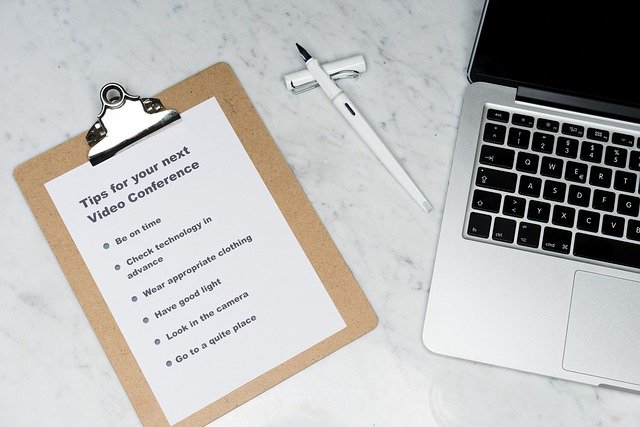Routine design: scheduling strategies that support sustained productivity
Designing a daily routine for sustained productivity involves more than time blocks; it blends scheduling with workspace choices, ergonomics, and systems that protect focus and data. This article outlines practical scheduling strategies tailored to remote workflows and varied accessibility needs, and connects elements like lighting, acoustics, and backup planning to steady performance.

Creating a dependable routine requires intentional scheduling plus attention to the physical and technical elements that support work. A clear daily structure reduces decision fatigue and helps preserve focus across common remote work interruptions. Scheduling should align with natural energy cycles, account for short restorative breaks, and incorporate measures for organization and connectivity so tasks complete predictably and reliably.
How can scheduling boost productivity and organization?
Effective scheduling breaks the day into dedicated blocks for focused work, meetings, and administrative tasks, which supports both productivity and organization. Use time-blocking to reserve deep-focus periods when cognitive energy is highest, and schedule quick decluttering or inbox-check windows to maintain organization. Buffer times between meetings prevent overruns from cascading, while recurring weekly planning sessions help prioritize tasks and align short-term work with longer-term goals. Combining consistent start and end times with flexible task windows reduces context switching and makes progress measurable.
What role does ergonomics and furniture play in routines?
Integrating ergonomics into your daily schedule reduces fatigue and supports sustained output. Arrange furniture—desk, chair, monitor—so that posture-friendly setups are the default when you start work. Schedule short posture-check reminders and micro-breaks to stretch and reset, and treat equipment maintenance (like loosening a chair wheel or adjusting monitor height) as part of weekly routine upkeep. A comfortable ergonomic setup reduces physical strain, making productive periods longer and more consistent without frequent interruptions for discomfort.
How should lighting and acoustics be scheduled for focus?
Lighting and acoustics shape attention and should be treated like components of a schedule. Plan high-focus tasks during times when natural light is strongest, and use task lighting to reduce eye strain during detailed work. For open or noisy environments, schedule demanding tasks during quieter hours or use noise-masking tools and headphones to control acoustics. Regularly check and adjust lighting and sound settings as seasons or household rhythms change; small scheduled tweaks can maintain an environment that supports sustained concentration.
How do connectivity and security affect remote work schedules?
Reliable connectivity and clear security practices prevent interruptions that derail planned work. Build routine checks for connectivity—verify Wi-Fi strength or have a secondary hotspot ready—before critical meetings or focused sessions. Incorporate brief security habits into your schedule, such as locking screens, applying updates during off-hours, and backing up important files on a fixed cadence. These practices reduce emergency disruptions and keep digital workflows aligned with your planned schedule while protecting sensitive information.
How can accessibility and backup be part of your routine?
Design routines that reflect accessibility needs and include backup plans for technology or power failures. Schedule tasks that require assistive tools during times when those supports are most available, and practice alternative workflows so you can switch modes if needed. Regularly back up work to cloud storage or an external drive at scheduled intervals and test restores periodically. These proactive steps preserve continuity and ensure that an unexpected issue does not cause prolonged downtime or loss of progress.
What daily habits support long-term remote productivity?
Sustainable productivity is built from repeatable habits: consistent start times, prioritized task lists, regular breaks, and end-of-day routines that capture what’s done and what’s next. Use short rituals—five minutes of planning at the day’s start, a midday movement break, and a brief review before logging off—to create predictable momentum. Pair these timing habits with organization systems for documents and email, and align your schedule to peak energy windows to make focused work more efficient and less taxing over time.
Conclusion A routine that supports sustained productivity blends intentional scheduling with thoughtful attention to the workspace and systems around it. By coordinating ergonomics, lighting, acoustics, connectivity, security, accessibility, and backup practices with daily time blocks and habits, remote workers can reduce friction, protect focus, and maintain steady output without relying on unsustainable effort.





